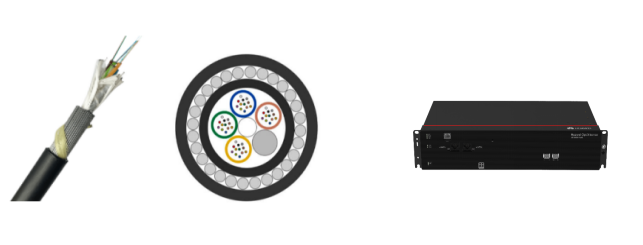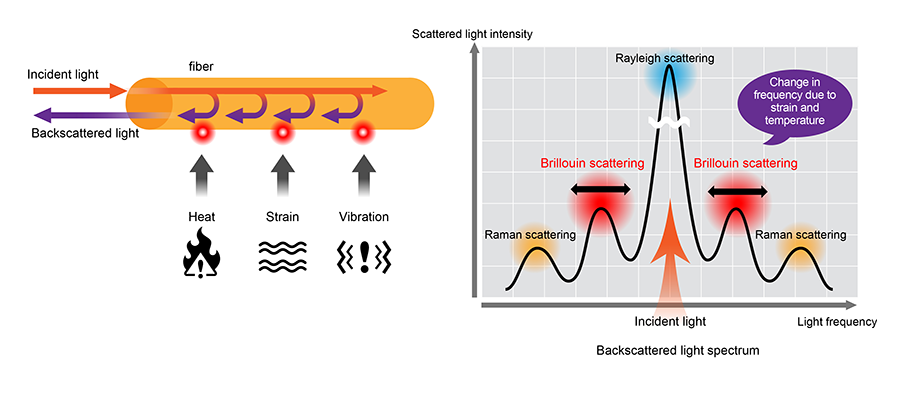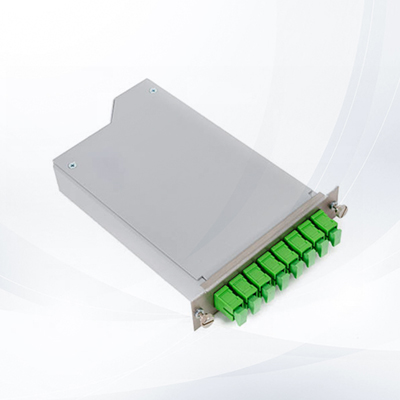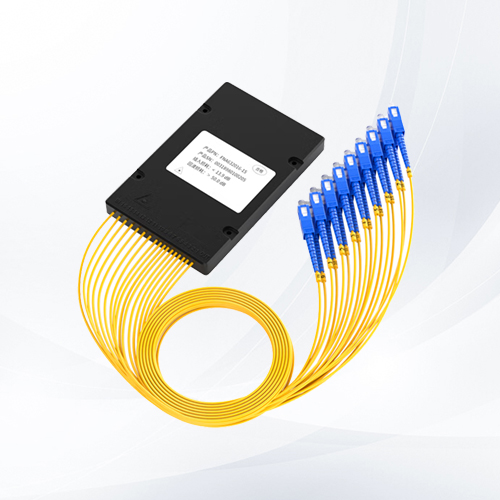

To get the best experience for our site, we recommend you upgrade to the latest version of Internet Explorer, or select another web browser, a list of the most popular web browsers can be found below
You can download the main browser here:
 Position :
Home>
News & Tutorial
>Products
Position :
Home>
News & Tutorial
>Products
Date: 2023-02-24 16:52:00




 Position :
Home
>Products
Position :
Home
>Products

Optical fiber networks operate on different passive optical ne...
Learn More

A planar waveguide circuit (PLC) splitter is a type of optic...
Learn More
A PLC splitter plays an important role in passive optical ne...
Learn More
WDM-PON can realize the multiplexing and demultiplexing between...
Learn More ics@suntelecom.cn
ics@suntelecom.cn  +86 18964888554
+86 18964888554
 Building No.145, Lane 666 Xianing Road, Jinshan Industrial Zone, Shanghai 201506, China
Building No.145, Lane 666 Xianing Road, Jinshan Industrial Zone, Shanghai 201506, China
Copyright ©1989-2025 ALL Rights Reserved
ICP (Shanghai) Number: 13005159